The hydrological automatic monitoring station, as an important component of the modern hydrological observation system, is a comprehensive monitoring platform integrating automation and intelligence. Relying on advanced sensor technology and remote communication technology, it can achieve real-time monitoring and recording of multiple hydrological parameters such as rainfall, water level, flow velocity and flow rate. The application of this innovative technology not only greatly enhances the accuracy and timeliness of hydrological data, but also provides strong data support for fields such as water resource management, flood control and disaster reduction, and ecological protection.
Rainfall, water level, flow velocity and flow rate, as key elements in the hydrological cycle, their changes directly affect the allocation and utilization of water resources, the health of river and lake ecosystems, as well as the early warning and prevention and control of flood disasters. Through the continuous monitoring of the WX-SW3 hydrological automatic monitoring station, we can promptly grasp the changing trends of these hydrological parameters, providing a scientific basis for water resources planning, dispatching and management. At the same time, it also offers strong support for responding to extreme weather events and safeguarding people's lives and property.
The hydrological automatic monitoring station integrates a variety of high-tech, including high-precision sensors, remote communication modules, intelligent data processing systems, etc. The application of these technologies enables monitoring stations to achieve precise measurement and efficient transmission of hydrological parameters. Meanwhile, through intelligent data processing and analysis, the monitoring station can also automatically filter out abnormal data and warn of potential risks, providing managers with more intuitive and understandable data reports.
In addition, hydrological automatic monitoring stations also have a high level of automation and intelligence. It can automatically complete the collection, processing and transmission of data, greatly reducing the cost and risk of manual intervention. Meanwhile, through the remote monitoring and management platform, managers can grasp the working status and data quality of the monitoring stations in real time, ensuring the accuracy and reliability of the monitoring results.
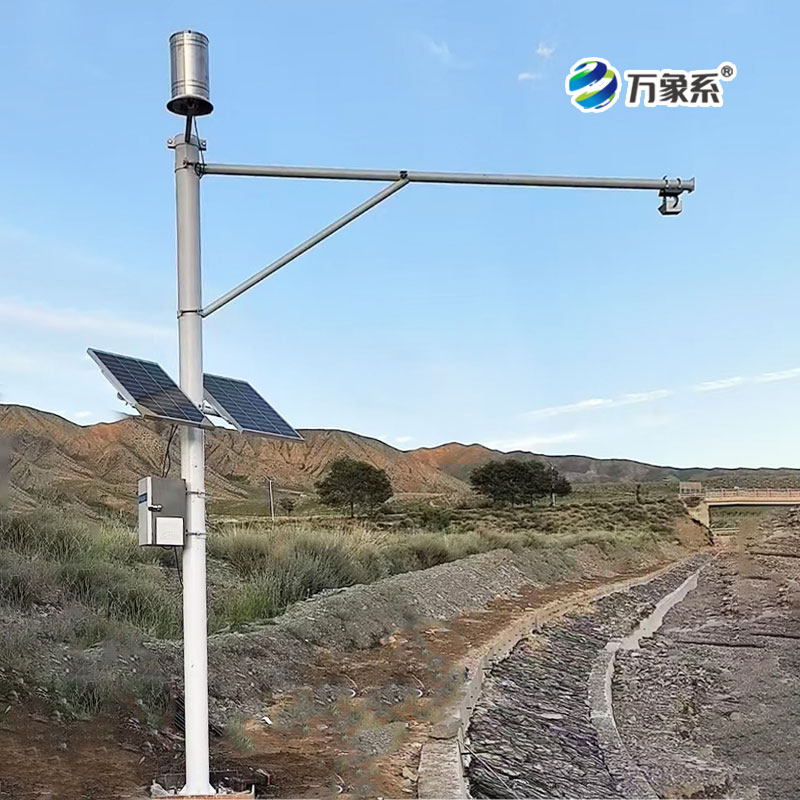
Article address:
http://www.qxhjjc.com/en/article/1598.html

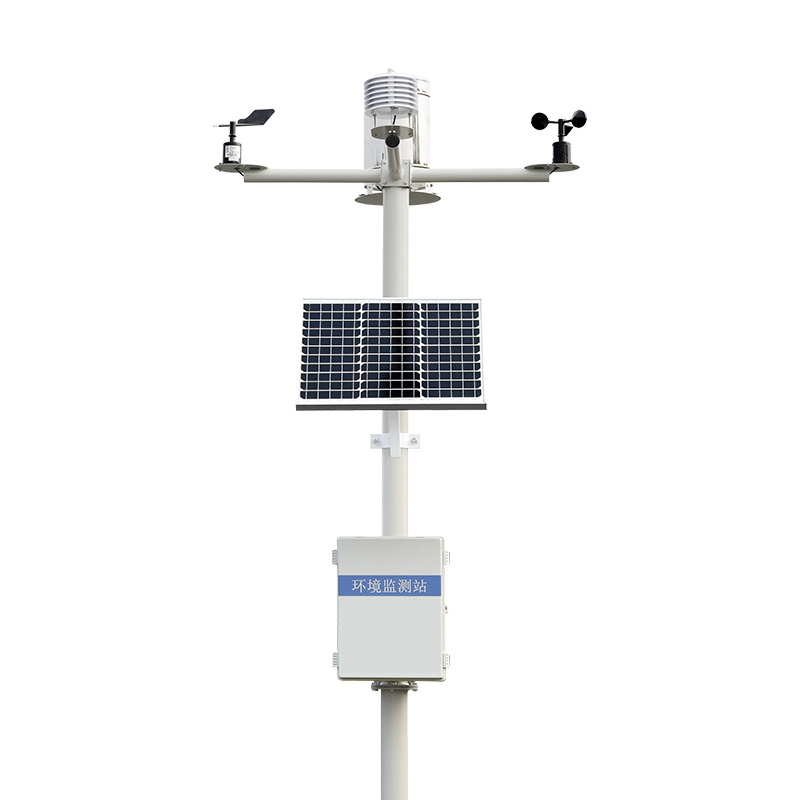
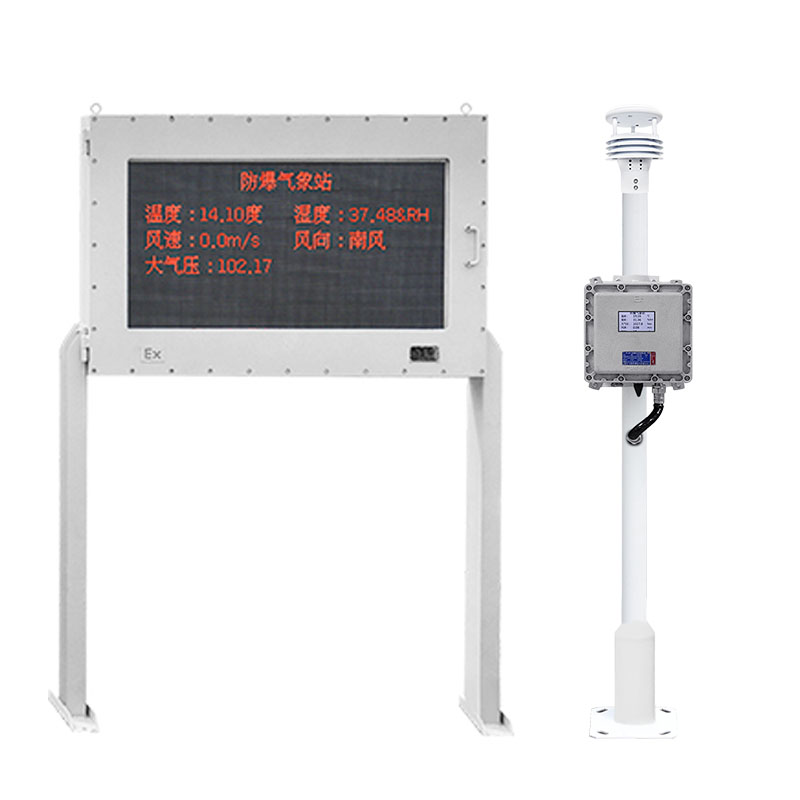
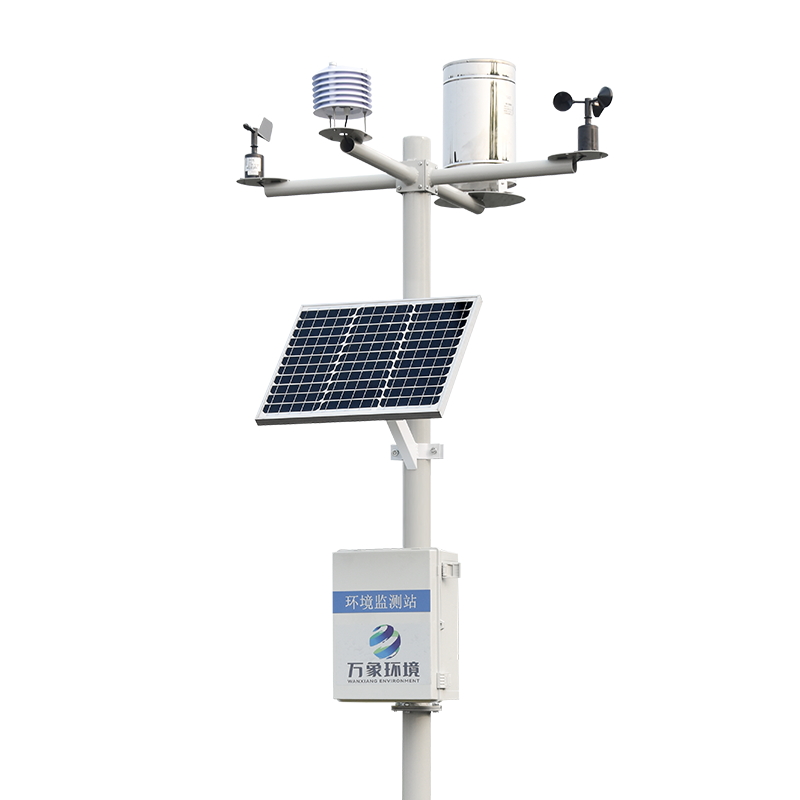
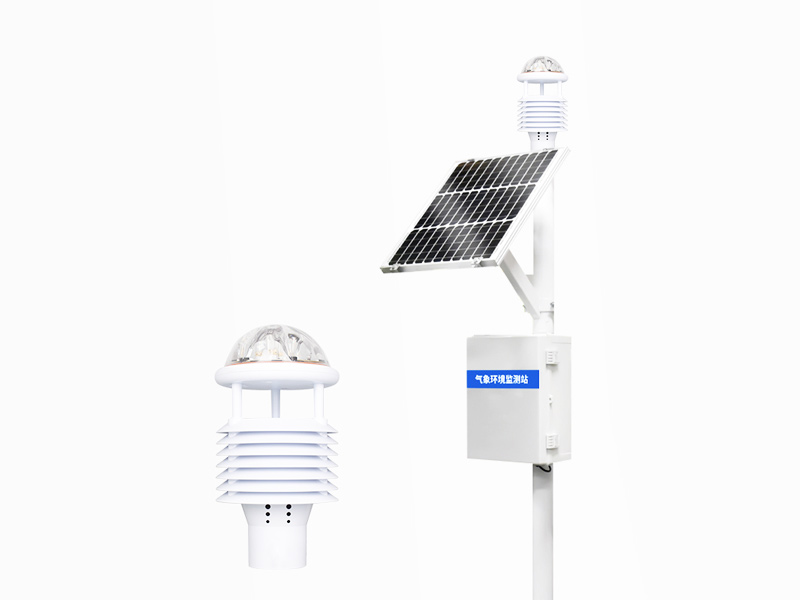
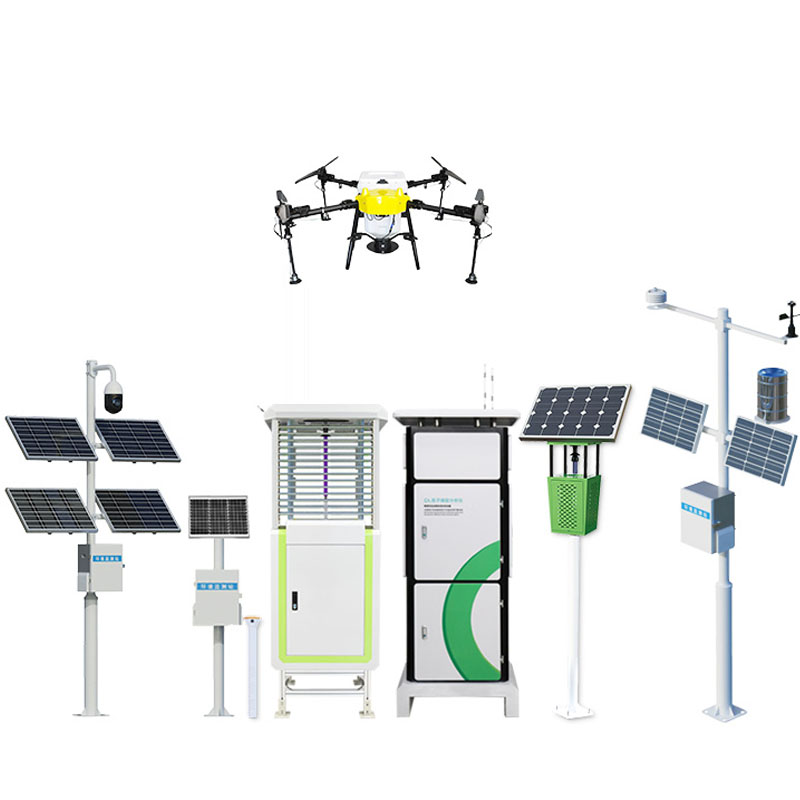

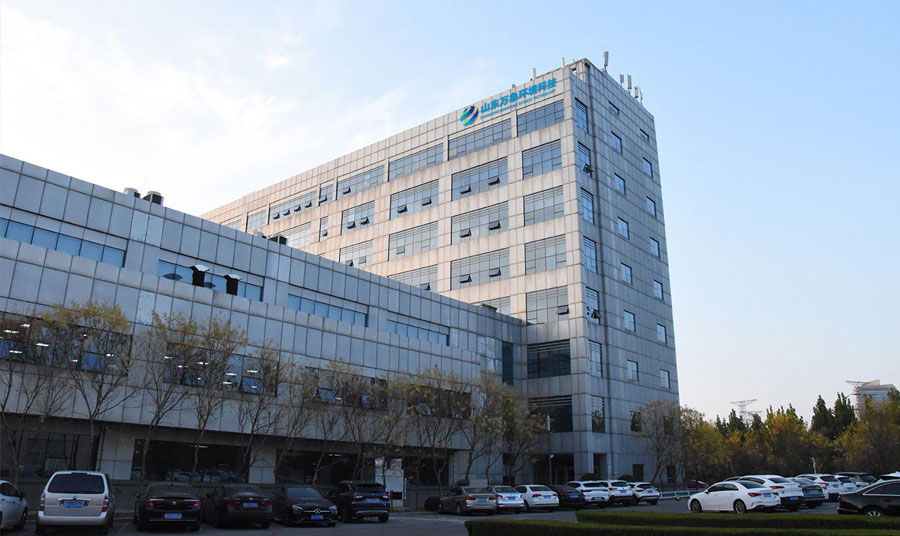
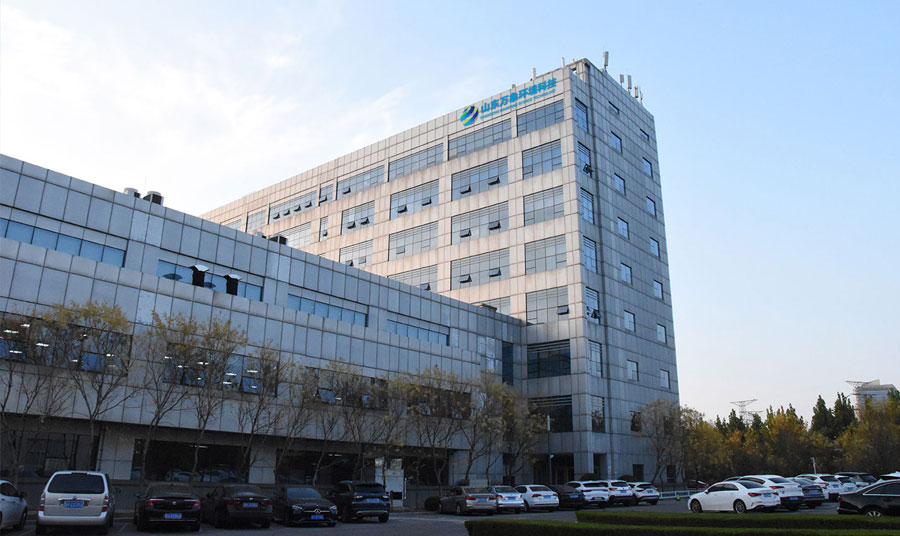



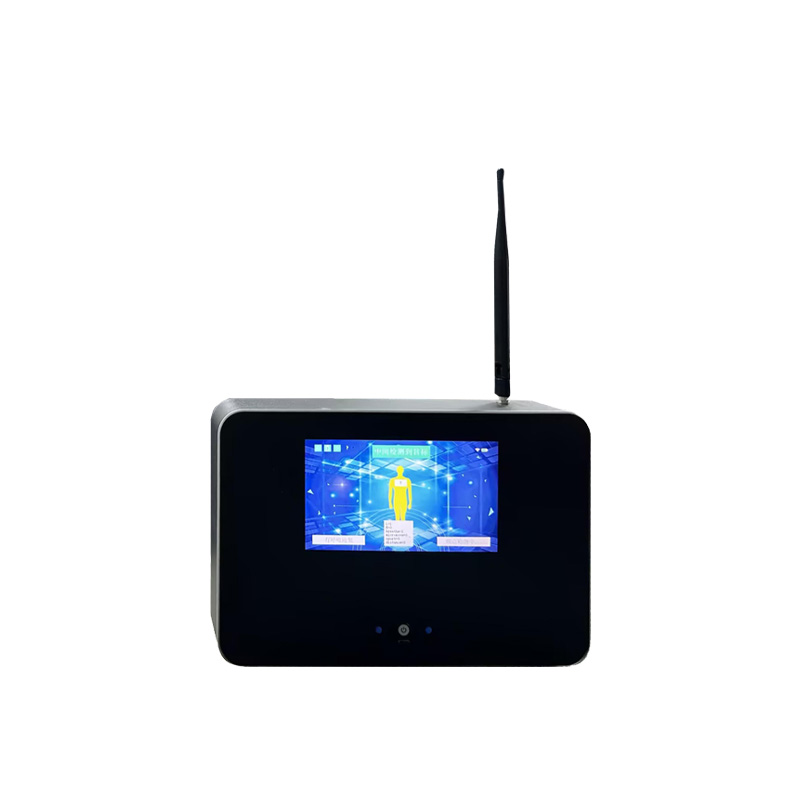
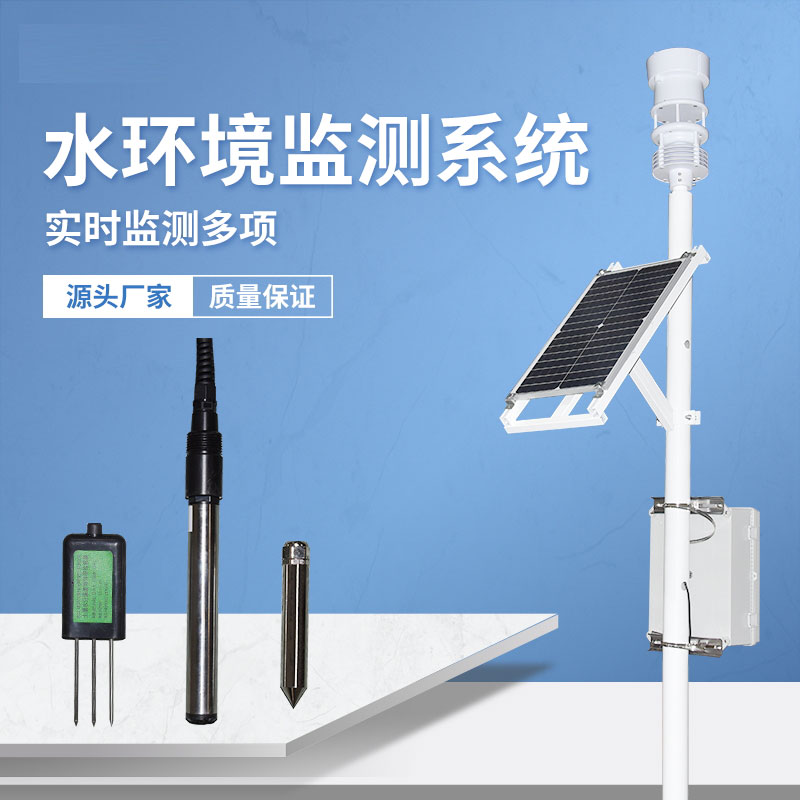
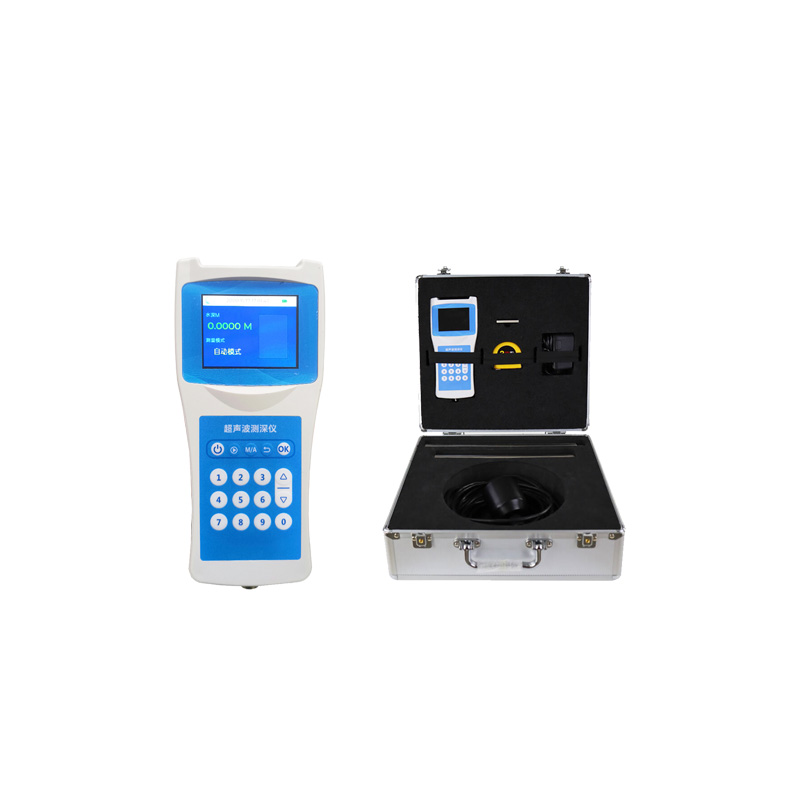
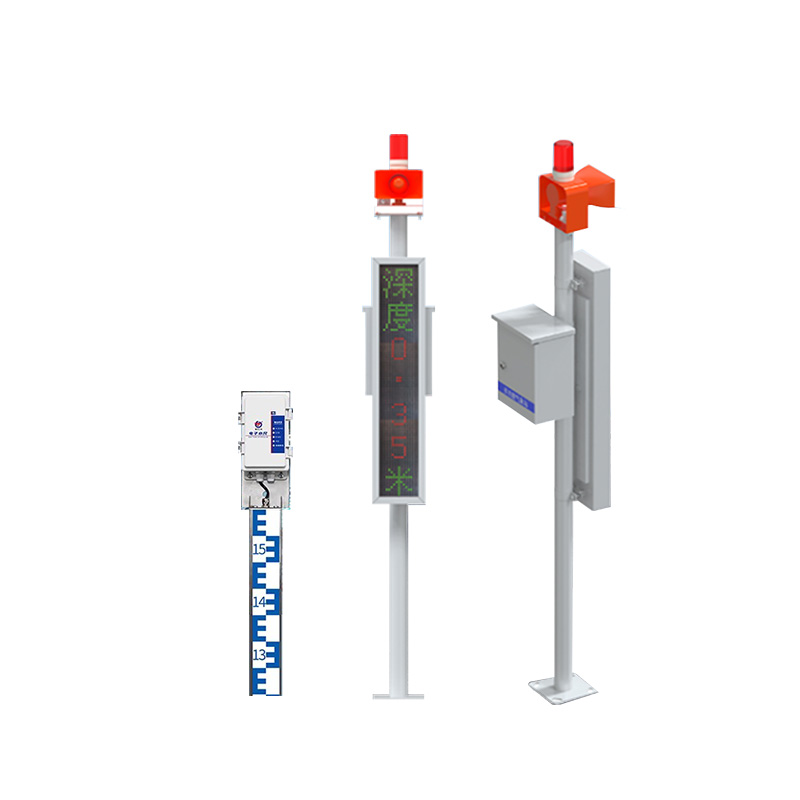
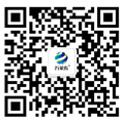

 Home
Home phone
phone Product Overview
Product Overview Contact Us
Contact Us